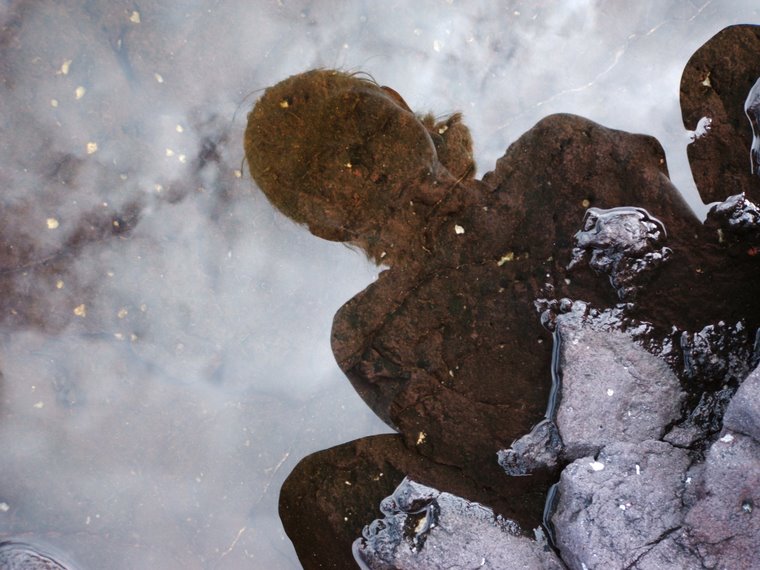#1 Transportation
One major problem of the Civil War was how to transport the wounded. The low amount of supplies for moving the wounded soldiers was a major problem. On July 4, 1862 Dr. Jonathan Letterman replaced Surgeon General Charles S. Tripler, commander of the Army of the Potomac Medical Department. The Ambulance Corps was formed in time for Antietam, and was formed by the director of the Army of the Potomac, under its medical director Jonathan Letterman. Then, the Corps was known as the Letterman Ambulance Plan. In the system, the ambulance of a division moved together, under a mounted line sergeant, with two stretcher-bearers and one division per ambulance, to collect the wounded from the field, bring them to the dressing stations, and then take them to the field hospital. Drills were repeated frequently in the corps. They had a normal schedule and regular stops on a route. After trying many times, the Ambulance Corps was passed on March 11, 1864. It established the corps as a normal army unit and gave the Medical Department the right to train the men. But the first removal of the wounded from the battle-field was generally effected by means of hand litters.
#2 Field Hospital
There was a dressing station 60 to 70 yards from the front line. First aid was done here, tourniquets and splinting. From there, they went back into battle or to a field hospital, maybe in a barn or church three or four miles behind the lines. Here they had operating surgeons, where they did amputations. Wounds of head, chest and abdomen weren't treated; they were given painkillers and most died there. From here, they were evacuated, usually by train, to fixed hospitals.
Field hospital-sketch from Harpers Weekly
#3 Hospital
One hospital was the Regimental Hospital. The Regimental Hospital was allowed four tents. Two of the tents were used for the officers and the medicines. Another tent was used for the injured and wounded patients, and the other was used for supplies, and the kitchen. Each tent could hold eight patients, which were usually in a cot. The hospitals ran smoother with the help of individuals that affected future medicine.
Once the wounded or disease ridden were transported to the hospital, the torturous operations and usage of medicines began. Surgeons, doctors, and nurses, were not aware of sanitation, and were not familiar with cures for diseases and wounds. At the time no one knew about bacteriology. Their working conditions were very unsanitary. They used bloody tools on the same people, didn’t wash their clothes or hands, and used dirty, bloody sponges to clean the wounds. Surgeons had little supplies to work with. Their medicine supply was low, and had nowhere to set up hospitals. There was lack of water, basic supplies, drugs, and most of all, time. For operating tables, doctors had to use kitchen tables, doors, and any other flat surface they could find. Surgeon’s tools were also very limited.
Surgeons used a variety of medical tools. Each surgeon basically had the same tool. Each kit would have two surgical saws, a curved probe, retractor, cutting pliers, clamps, brush, and trepanning instruments carried in a plush wooden case. Since surgeons had nowhere to set up hospitals, they used farms, schools, homes and churches. Doctors only cure sometimes for wounds were amputations.
Three out of four operations were amputations. The Minie Ball, which was one of the most harmful bullets, was usually the main cause for an amputation case. A soldier would have to wait one to two days until a doctor could see them. After they were seen, then they would have to get medicine for their disease. Most diseases had small cures, but the main cure was time and rest. Yet, for severe wounds doctors would have to amputate.
One major problem of the Civil War was how to transport the wounded. The low amount of supplies for moving the wounded soldiers was a major problem. On July 4, 1862 Dr. Jonathan Letterman replaced Surgeon General Charles S. Tripler, commander of the Army of the Potomac Medical Department. The Ambulance Corps was formed in time for Antietam, and was formed by the director of the Army of the Potomac, under its medical director Jonathan Letterman. Then, the Corps was known as the Letterman Ambulance Plan. In the system, the ambulance of a division moved together, under a mounted line sergeant, with two stretcher-bearers and one division per ambulance, to collect the wounded from the field, bring them to the dressing stations, and then take them to the field hospital. Drills were repeated frequently in the corps. They had a normal schedule and regular stops on a route. After trying many times, the Ambulance Corps was passed on March 11, 1864. It established the corps as a normal army unit and gave the Medical Department the right to train the men. But the first removal of the wounded from the battle-field was generally effected by means of hand litters.
#2 Field Hospital
There was a dressing station 60 to 70 yards from the front line. First aid was done here, tourniquets and splinting. From there, they went back into battle or to a field hospital, maybe in a barn or church three or four miles behind the lines. Here they had operating surgeons, where they did amputations. Wounds of head, chest and abdomen weren't treated; they were given painkillers and most died there. From here, they were evacuated, usually by train, to fixed hospitals.
Field hospital-sketch from Harpers Weekly
#3 Hospital
One hospital was the Regimental Hospital. The Regimental Hospital was allowed four tents. Two of the tents were used for the officers and the medicines. Another tent was used for the injured and wounded patients, and the other was used for supplies, and the kitchen. Each tent could hold eight patients, which were usually in a cot. The hospitals ran smoother with the help of individuals that affected future medicine.
Once the wounded or disease ridden were transported to the hospital, the torturous operations and usage of medicines began. Surgeons, doctors, and nurses, were not aware of sanitation, and were not familiar with cures for diseases and wounds. At the time no one knew about bacteriology. Their working conditions were very unsanitary. They used bloody tools on the same people, didn’t wash their clothes or hands, and used dirty, bloody sponges to clean the wounds. Surgeons had little supplies to work with. Their medicine supply was low, and had nowhere to set up hospitals. There was lack of water, basic supplies, drugs, and most of all, time. For operating tables, doctors had to use kitchen tables, doors, and any other flat surface they could find. Surgeon’s tools were also very limited.
Surgeons used a variety of medical tools. Each surgeon basically had the same tool. Each kit would have two surgical saws, a curved probe, retractor, cutting pliers, clamps, brush, and trepanning instruments carried in a plush wooden case. Since surgeons had nowhere to set up hospitals, they used farms, schools, homes and churches. Doctors only cure sometimes for wounds were amputations.
Three out of four operations were amputations. The Minie Ball, which was one of the most harmful bullets, was usually the main cause for an amputation case. A soldier would have to wait one to two days until a doctor could see them. After they were seen, then they would have to get medicine for their disease. Most diseases had small cures, but the main cure was time and rest. Yet, for severe wounds doctors would have to amputate.
-TO BE CONTINUED-




No comments:
Post a Comment